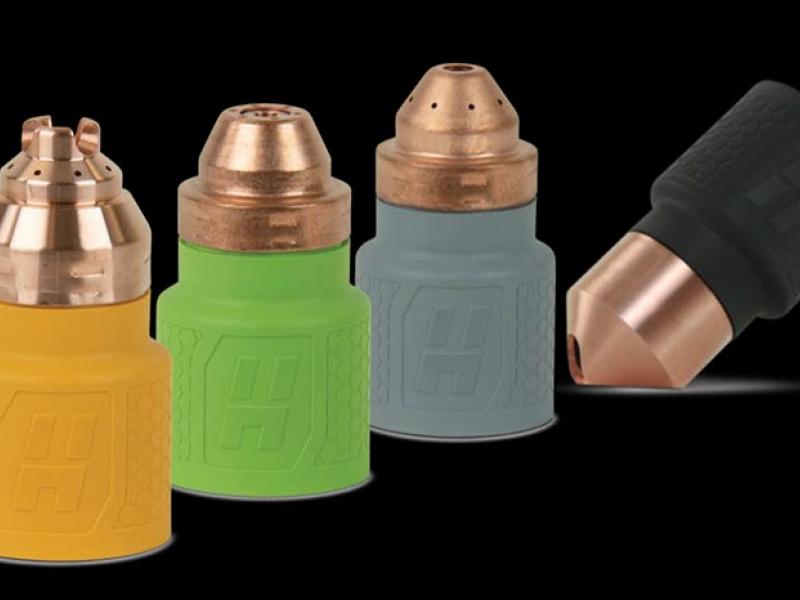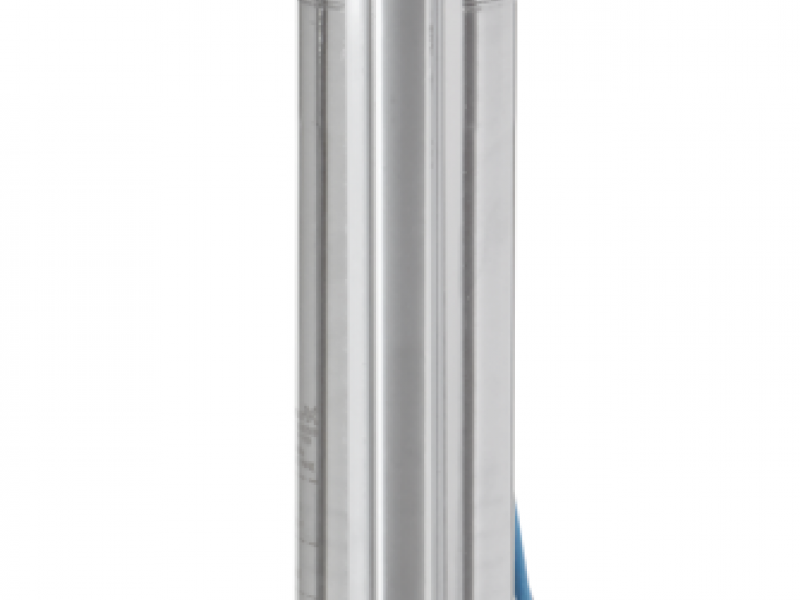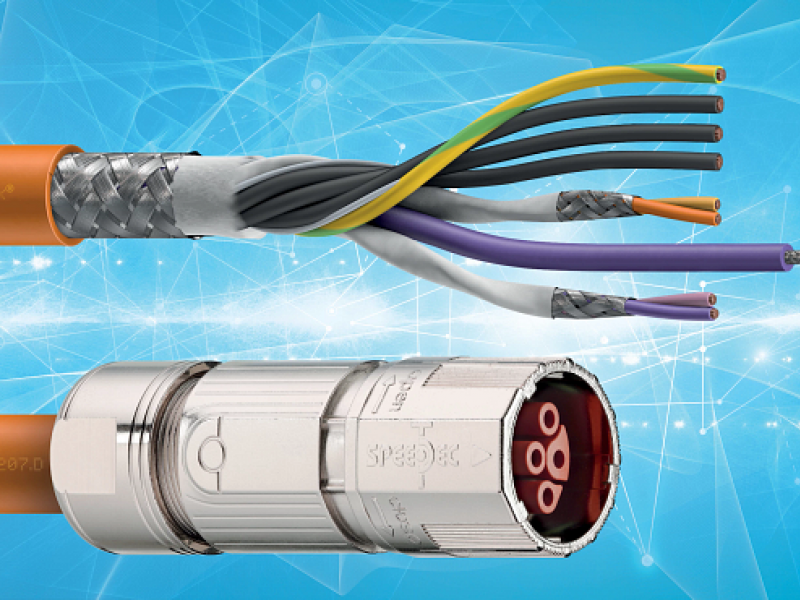With standards for milk and milk products becoming more stringent, business owners and farmers need quality cooling options to keep up the important dairy industry’s contribution to the Australian and New Zealand economies.
The dairy industry’s customers, for example those in the Asia/Pacific region, are demanding 100 per cent assurance of the milk quality from the moment it leaves the cow to when the end-user purchases the product. That means strong control over the quality of the milk as it is being taken from the cow, then onto the on-farm storage, pick-up and transportation to the processing plant phases.
When milk is taken from the cow, its temperature is 35 degrees. The longer it remains above 4’C, the greater the bacterial growth and the more unsafe it becomes to process. The timing to cool the milk below 4’C is critical to the quality of the product, and after a very short time it actually becomes worthless.
According to the Australian Department of Agriculture, Fisheries and Forestry, milk must be cooled within two hours of milking at no more than six to eight degrees depending on collection date. The temperature control system must maintain the temperatures to no more than 10 degrees during transport.
This highlights why the milk cooling system needs to be correctly sized and selected in the first place and then checked and serviced at regular intervals. One of the key components of this is making sure the plate heat exchanger can maintain the heat load efficiently and effectively at the correct temperature.
Milk coolers should be chilling the milk to within 2 degrees of their cooling water supply temperature or you are just throwing money into energy bills. The cooler the milk enters the vat storage, the cheaper it is to keep cool and the better the quality of the milk.
If the plate heat exchanger isn’t working properly, either it is sized incorrectly, or your herd has increased in numbers and thus the cooling duty has changed, or simply the milk cooler has become fouled with various contaminants that will cause a reduction in flow and/or inefficient cooling. The cooling system will then need to work much harder to cool the milk, again hurting the farmer in energy costs, and finally the milk quality will, not might, be compromised simply from not being chilled and stored cold enough.
Dairy farmers would be advised to get a dual bank exchanger that Sondex can provide. And remember “the taller the plate the cooler the milk” - the old adage of just add more plates is long dead and gone, science clearly shows that the longer the thermal length of the heat transfer plate the longer the resonance time in contact with milk, this is what will give you virtually instant cooling of the milk together with chilling it down to the required storage temperature while reducing your energy bills.
Sondex can also assist in designing and creating specific heat transfer equipment that can cover all the producer and processor’s milk cooling/heating needs.
The penalties for non-compliance can be quite large for businesses across regional Australia and New Zealand. If the milk is found to be not at the required temperature or have high bacteria counts, individuals are advised to correct the fault. If after this warning the problem is not fixed, there can be serious consequences - such as excluding the producer’s milk products from supply and removal of declaration of compliance.
This industry is full of fine margins, which is why it is so important to have your heat transfer system in top shape. If you are unable to pinpoint the faults in the heat exchanger it may pay to contact Sondex who can also offer professional technical advice.
For more information contact: 07 348 6339 or email miguel@sondex.co.nz






